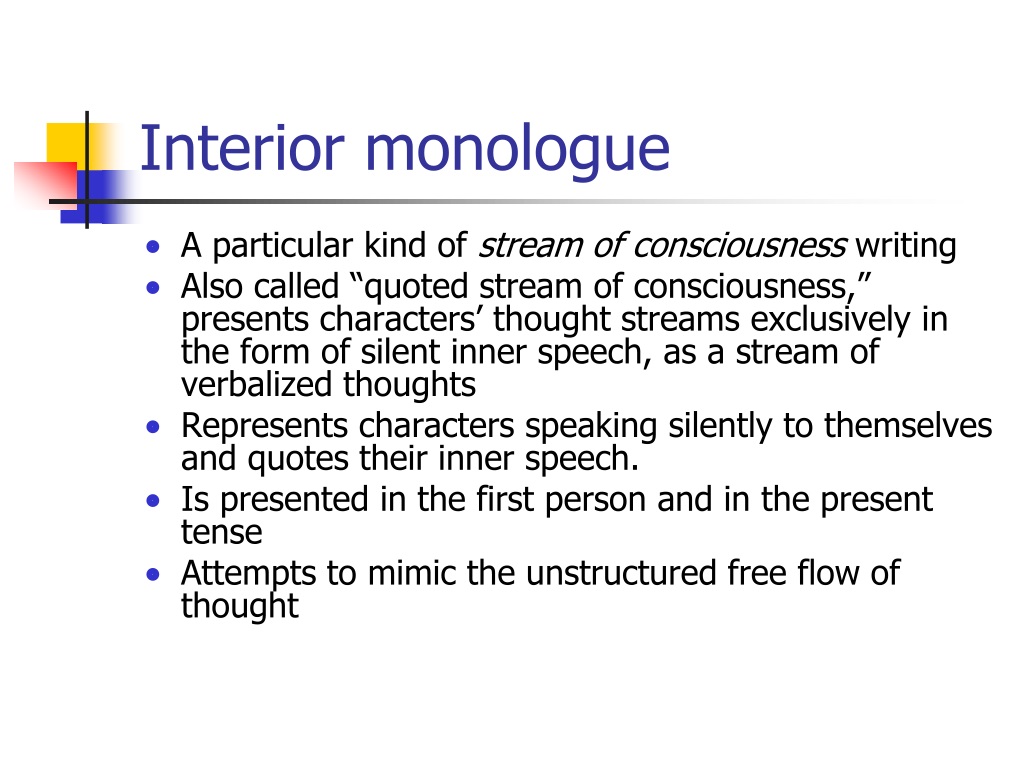

It highlights the need for children to be able to express their feelings and thoughts in a safe and secure environment, and to be able to access the resources they need to do so.

This statistic is a powerful reminder of the importance of inner monologue in helping children regulate their emotions. By understanding the prevalence of self-criticism in teenagers’ inner monologue, we can better equip them with the tools to combat it and foster a more positive outlook.Ībout 10% of children’s private speech is used to regulate their emotions. It highlights the importance of recognizing and addressing the inner dialogue of young people, as it can have a significant impact on their mental health and wellbeing. This statistic is a stark reminder of the power of negative self-talk in the lives of teenagers. It serves as a reminder that inner speech is a common phenomenon, and that it is likely to be experienced by most people when they are engaged in problem-solving.ġ8% of a teenager’s self-talk is related to self-criticism. This statistic is significant in the context of a blog post about Inner Monologue Statistics, as it demonstrates the ubiquity of inner speech among adults. This insight can be used to further explore the complexities of inner speech and its implications for mental health.ġ00% of adults sampled in a study reported experiencing inner speech during problem-solving. This indicates that inner speech is not just a one-way monologue, but rather a dialogue between the conscious and subconscious mind. This statistic is significant in the context of a blog post about Inner Monologue Statistics because it reveals that the majority of people experience inner speech as a two-way conversation. This statistic is important in understanding the range of inner voices that people experience, and how they may differ from one another.ĥ8% of people experience inner speech as an internal conversation (dialogue). It highlights the fact that not everyone has a predominantly masculine inner voice, and that there is a significant portion of the population who have a predominantly feminine inner voice. This statistic is significant in the context of a blog post about Inner Monologue Statistics because it provides insight into the diversity of inner voices that people experience. Inner Monologue Statistics OverviewĢ0% of people have a predominantly feminine inner voice. By understanding this statistic, we can take steps to ensure that our inner monologue is positive and productive. It also serves as a warning that if we are not careful, our inner monologue can become a source of negativity and unproductive thinking. It highlights the need to be aware of the thoughts we have and the words we use to talk to ourselves. This statistic is a powerful reminder of the importance of being mindful of our inner monologue. This statistic is especially relevant to a blog post about inner monologue statistics, as it provides a tangible measure of the importance of this phenomenon.Ĩ0% of our self-talk is negative or unproductive. It shows that a significant portion of our time is devoted to our own thoughts and reflections, and that this is a normal part of our daily experience. This statistic is a powerful indicator of the prevalence of inner monologue in our lives. Enduring Freedom.Around 20-25% of an individual’s time is spent in “inner monologue.”.Subscribe to this site and receive notifications of new posts by email. Order through my webshop or through email. The sheets can be installed in several ways, see some installation views here. The edition consists of 128 single-sided sheets (12.7 x 17.8 cm) in a portfolio box. Even if the combinations of texts and images are determined by chance: the phrases are in alphabetical order and the images are in the order that the magazine they come from presented them in. Meanwhile the reader cannot avoid relating images and texts, and interpreting the images by means of the texts.

The development of a narrative is cut short on each page. The scripts do not function as descriptions and no knowledge is gained from the information gathered. Each element seems to be speaking for itself. Texts and images look as though they are quite established on their pages, and in a healthy relationship towards each other. The project presents abandoned remnants of speech, paired to images that are likewise abandoned: orphaned photos from a real-estate catalogue, snapped by ever so many unidentified photographers. Interior Monologue pairs images of Parisian apartment interiors from a real-estate catalogue with texts found in the “literary phrases” section of Grenville Kleiser’s Fifteen Thousand Useful Phrases.


 0 kommentar(er)
0 kommentar(er)
